On rare occasions, an almost unbelievable artifact will present itself to the Museum. Sometimes these items have no provenance other than a story passed down through generations. Sometimes the stars align and you can prove an item was legitimately “there.” These artifacts capture a moment that had a tremendous impact on history and an intimate association with the people that were “there.” They are rare and iconic.
What is fascinating about these items is the journey they take—in the case of this Museum, the 70-plus-years journey to our permanent collection. Think about the odds against an item—from a single isolated event during a six-year war that impacted tens of millions of people—surviving that conflict, then finding safe storage for decades, then finding its way to a museum. In this case, it’s an artifact from an event that affected 1,418 people—a small sample of personal stories when compared to the scope and scale of World War II.
In the summer of 1939, Michael McShane left his family in Detroit, Michigan, for his native Ireland, returning to claim his winnings in the Irish Sweepstakes, a lottery created to help fund hospitals. For his return trip to America, he booked passage on the SS Athenia, departing September 1, 1939, from Glasgow, Scotland. McShane was lucky to be aboard.
In August 1939, Europe was inching closer to war. Thousands of refugees, families, and foreign nationals were desperate to get out. Ocean-passage cancellations were common, as the British government requisitioned civilian ocean liners for conversion to troop ships. In response to the increased demand and the political situation, the Donaldson Line took extra effort to get more passengers aboard SS Athenia. Two-person staterooms were filled with four passengers, while lounges and libraries were converted to bunk rooms. The spaces were tight for the 1,102 passengers and 316-member crew, but the important thing was they were getting out of Europe just as word of the attack on Poland reached the British Isles.
Oberleutnant Fritz-Julius Lemp, captain of the German submarine U-30, was also tracking developments on the continent. Since August 22, 1939, he had been on patrol northwest of the British Isles with five other submarines, forming the Salzwedel Flotilla. The flotilla had been pre-deployed in anticipation of war with Great Britain. Just before noon on September 3, coded dispatches informed Lemp that a state of war now officially existed between Germany and Great Britain. Around 3:00 p.m. he received orders: “Open hostilities against England immediately. Do not wait to be attacked first.” Thirty minutes later, Lemp spotted a ship on the horizon and immediately moved to make an attack.
The first spread of torpedoes fired in the Battle of the Atlantic jumped out of the forward tubes of U-30 at 7:40 p.m. After traveling 1,600 yards, a single torpedo struck the port side of SS Athenia just as Michael McShane and the rest of the passengers were sitting down to dinner. The explosion demolished the engine room and fire room, killing almost every man on station. This fatal blow to the power plant of Athenia also destroyed the staircase to the third-class dining room, sealing the fate of many passengers eating their dinner. In accordance with the numerous lifeboat drills that were run as Athenia left port, the passengers reacted quickly and returned to their cabins to retrieve their life jackets and then reported to their lifeboat muster stations. Michael retrieved his life jacket and reported to the poop deck, where he was put aboard lifeboat 14A.
-

The life jacket Michael McShane wore when he abandoned the sinking SS Athenia. This was a standard civilian life jacket for the time, consisting of cork floating blocks held together by canvas. The wearer placed their head through the hole in the center of the life jacket. McShane had fellow survivors signed their names on the life jacket.
-

Michael McShane’s signature and hometown on his life jacket.
-

Signatures of fellow survivors aboard the SS City of Flint with Michael McShane. The majority of the passengers traveling on SS Athenia were Canadian citizens.
-

Michael McShane recorded the date and time of the torpedo striking the Athenia on his life jacket.
-

Michael McShane reunited with his family 12 days after having to abandon Athenia in the Atlantic Ocean.
Just before the lifeboat was lowered, David and Barbara Cass-Beggs handed their three-year-old daughter, Rosemary, to a sailor. Worried they would run out of lifeboats before they could get off the sinking ship, they made the decision to get her onto the first boat they could find. As they watched lifeboat 14A being lowered to the water, a man at an oar kept turning around to comfort the crying Rosemary. It is likely that this was McShane attempting to comfort Rosemary as she was separated from her parents. The chaos of the event makes individual accounts of the scene difficult to locate. However, the reference to a man at the oar attempting to comfort Rosemary complements a separate account recalling that McShane was seen with Rosemary a few hours later.
As lifeboat 14A pulled away from the sinking Athenia, ships in the area began to respond to the SSS (the international code for submarine attack similar to an SOS). A few hours later they began to arrive on the scene. One of those ships was the 320-foot luxury yacht Southern Cross. Responding around 9:30 p.m., Southern Cross arrived on scene at 2:30 a.m. and immediately began pulling survivors from lifeboats. The first of four lifeboats rescued by Southern Cross was number 14A. As survivors began to pile up on Southern Cross, Mrs. Winifred Davidson found Rosemary Cass-Beggs wrapped up in a blanket, sleeping in the arms of McShane. When Rosemary woke and asked for her mother, McShane suggested that Mrs. Davidson take charge of the little girl while he looked for her family. His search of the 376 survivors aboard Southern Cross did not find David and Barbara Cass-Beggs.
Of the 1,418 civilians and sailors aboard Athenia, 112 were lost during the sinking and rescue. The survivors were picked up by three civilian vessels and two Royal Navy destroyers. Around 11 a.m. on September 4, 1939, as Athenia made her final plunge beneath the waves, 236 survivors transferred from the Southern Cross to the City of Flint, an American merchant ship responding to the rescue efforts (the survivors were given the option of transferring to the City of Flint to continue the voyage to Canada or transfer to Royal Navy destroyers and return to Ireland). This was the beginning of the end to this tragic event for McShane and Rosemary. Unknown to them at the time, David and Barbara Cass-Beggs were rescued by the SS Knute Nelson. Unfortunately they were sailing back to Ireland. It would take weeks, but they eventually reunited with their daughter in Canada.
McShane took the most direct route he could to get back to his family in Detroit. After landing in Halifax, Nova Scotia, he took a train to Detroit where he was reunited with his family on the platform, 12 days after abandoning Athenia in the Atlantic Ocean. McShane returned home with the clothes on his back and a unique souvenir—the life jacket he wore, covered in signatures of fellow survivors.
Following his return, Michael McShane went to work for Dodge Motors in Detroit. He kept the life jacket and his story for the rest of his life. After his death, his family, understanding the importance of his story, donated the life jacket to The National WWII Museum. What this artifact represents is more than his story of survival. This life jacket was there for the opening shots of World War II and the beginning of the critical Battle of the Atlantic. It survived this horrific event, was preserved for decades, and now will serve as an important link to the personal story of Michael McShane and the opening moments of World War II.
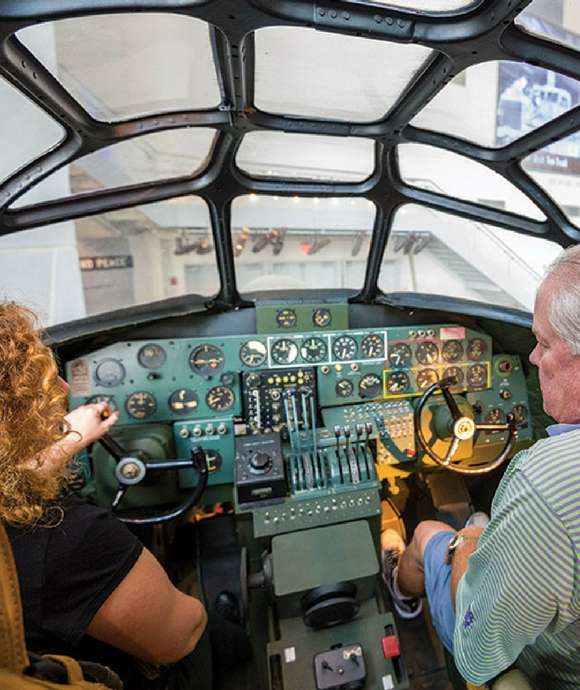
Behind the Lines
For exclusive access to Museum artifacts, historians, and curators, take an exclusive VIP tour.
Joshua Schick
Cite this article:
MLA Citation:
APA Citation:
Chicago Style Citation:
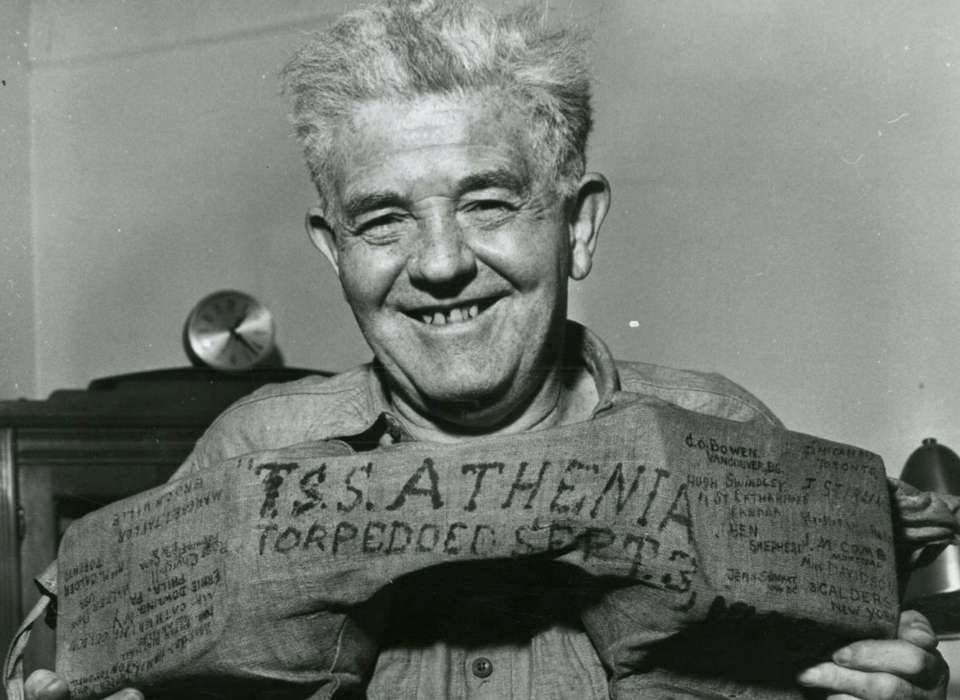
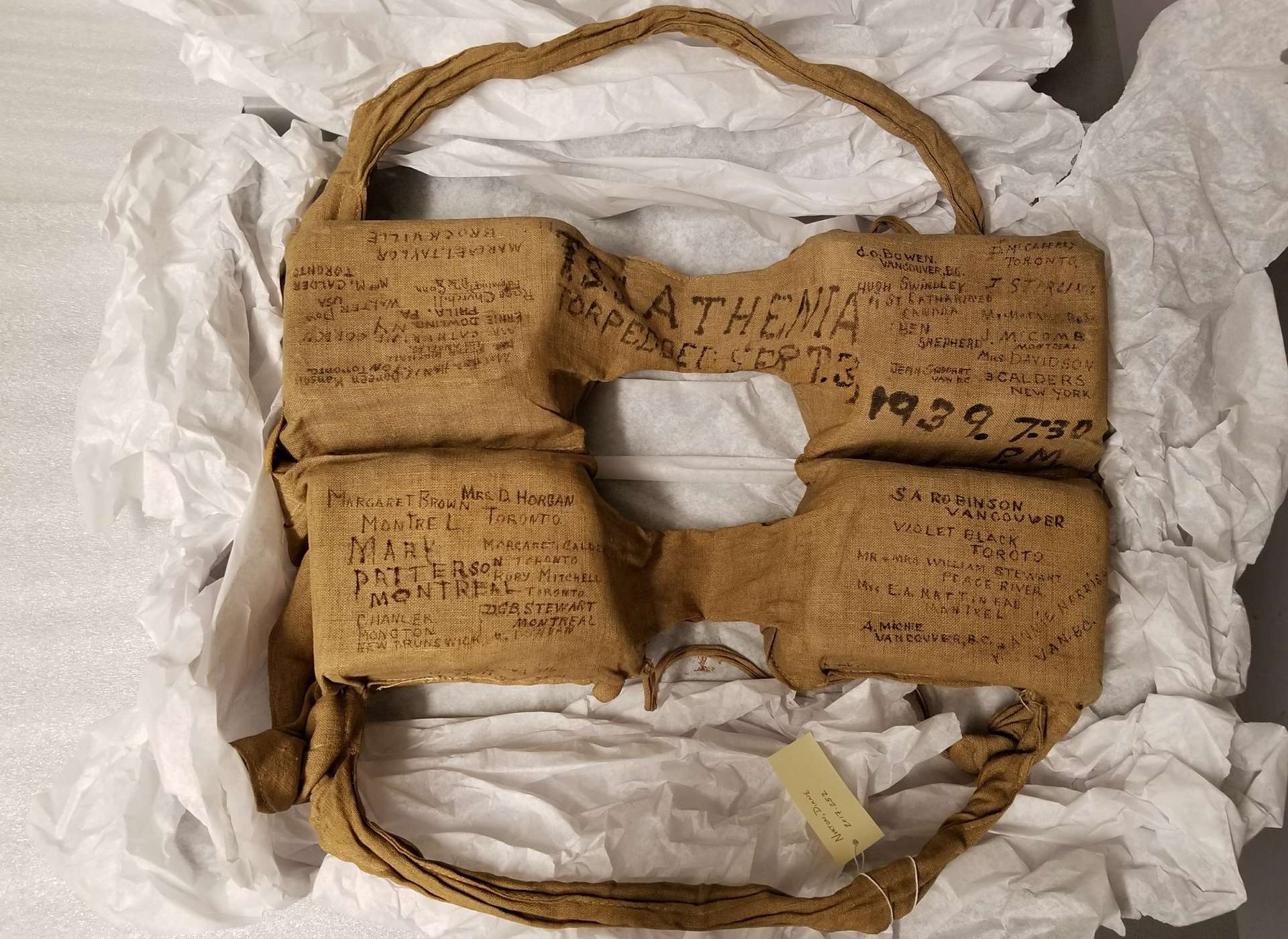
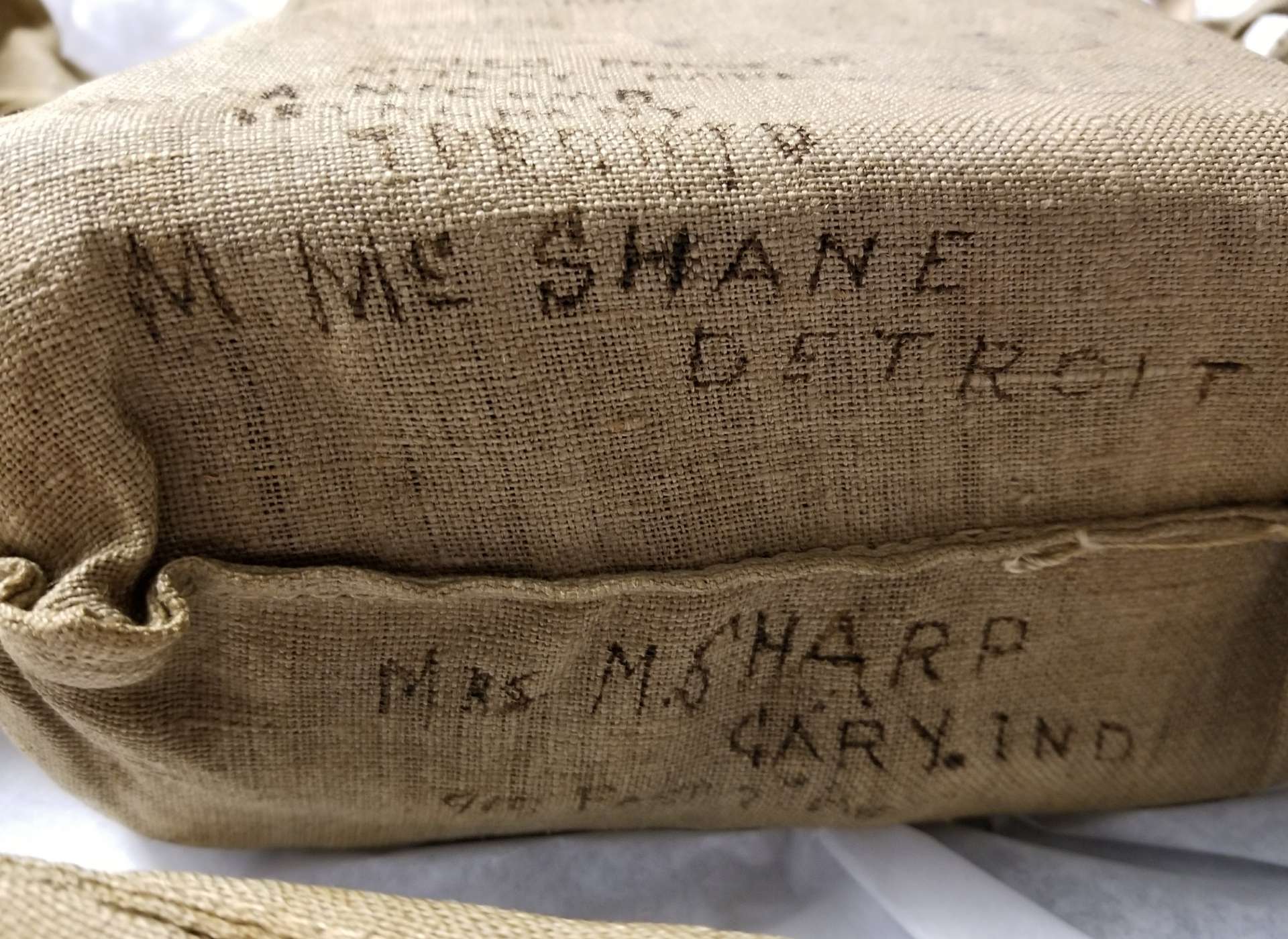
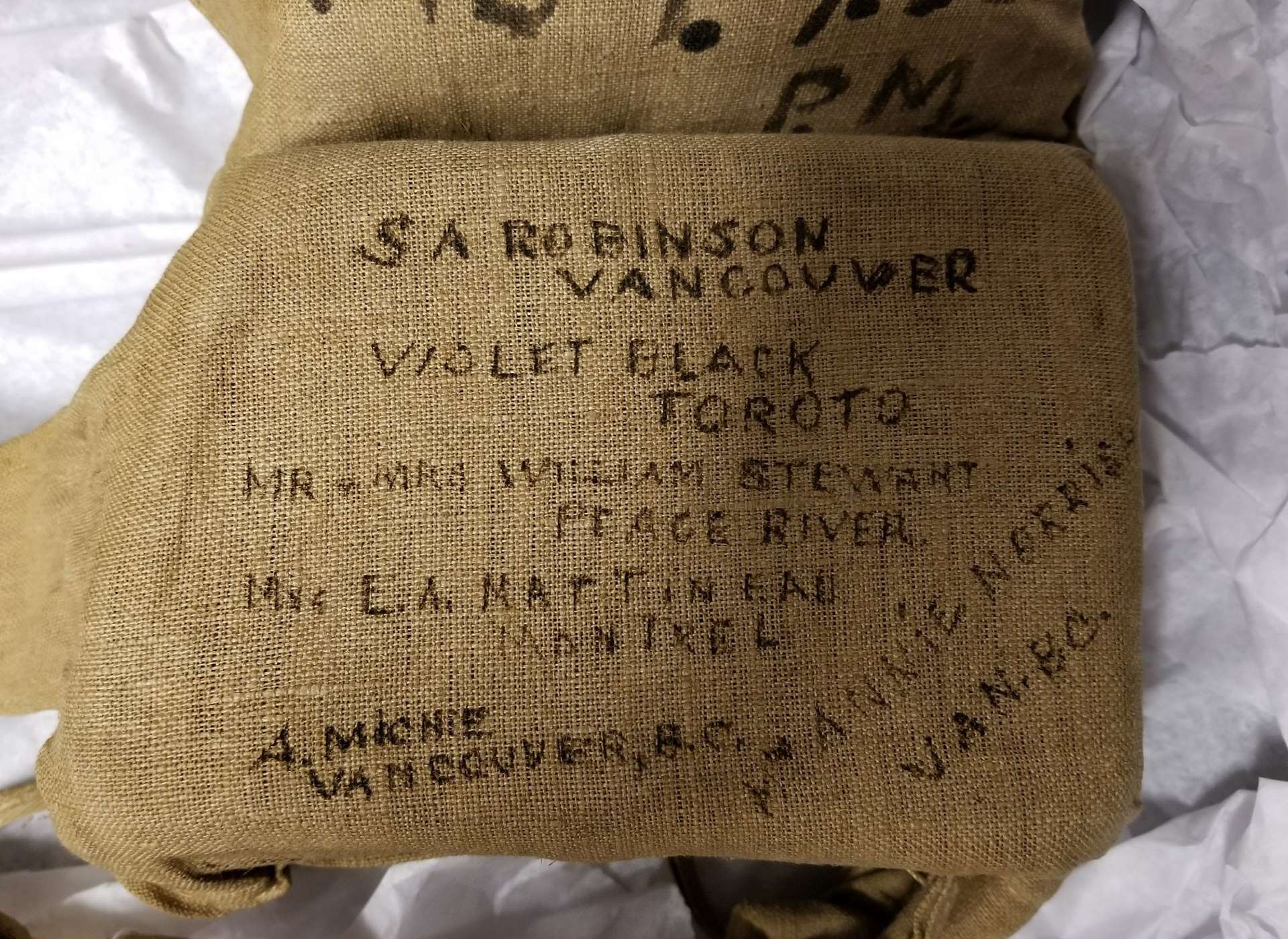
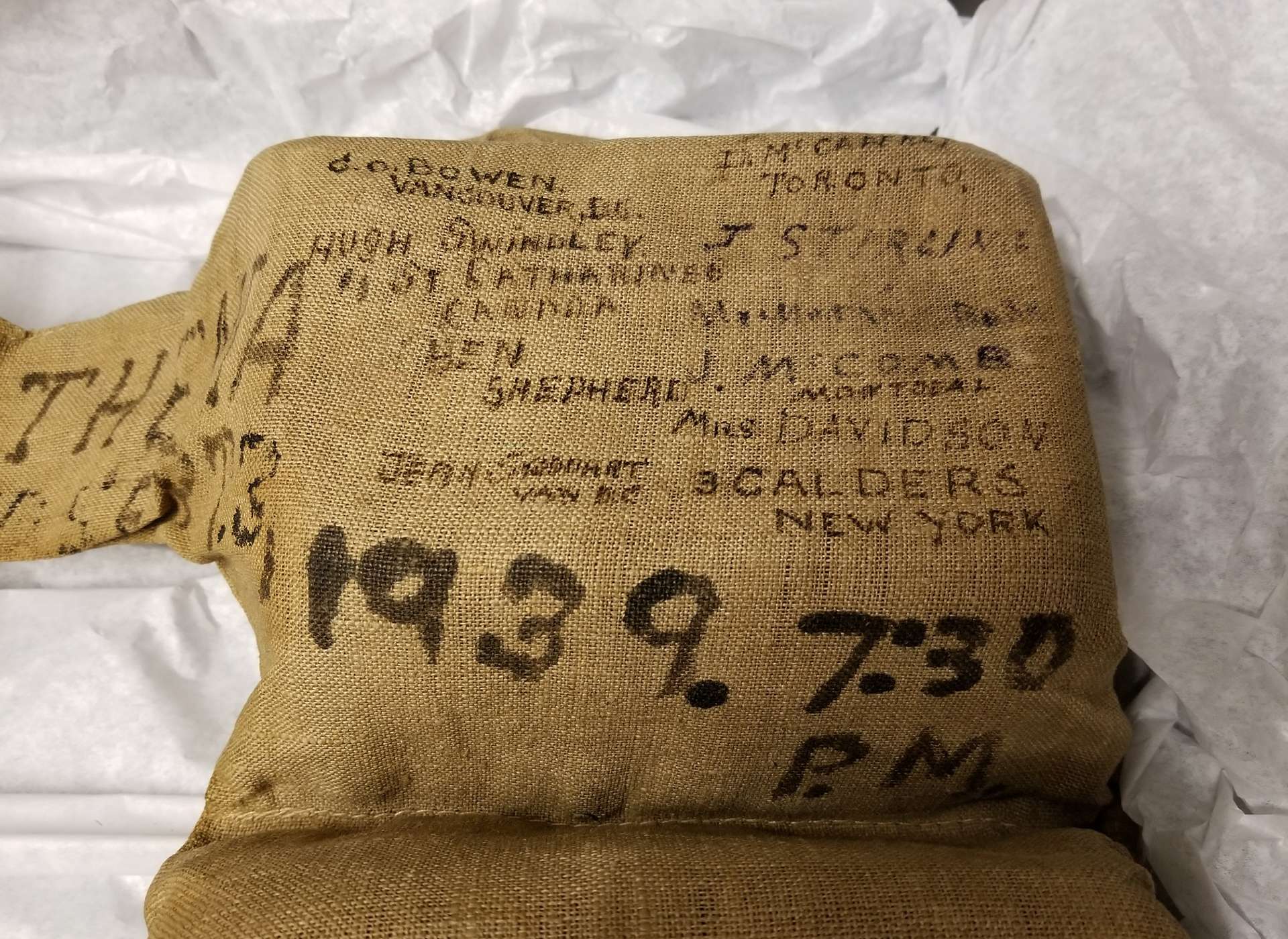
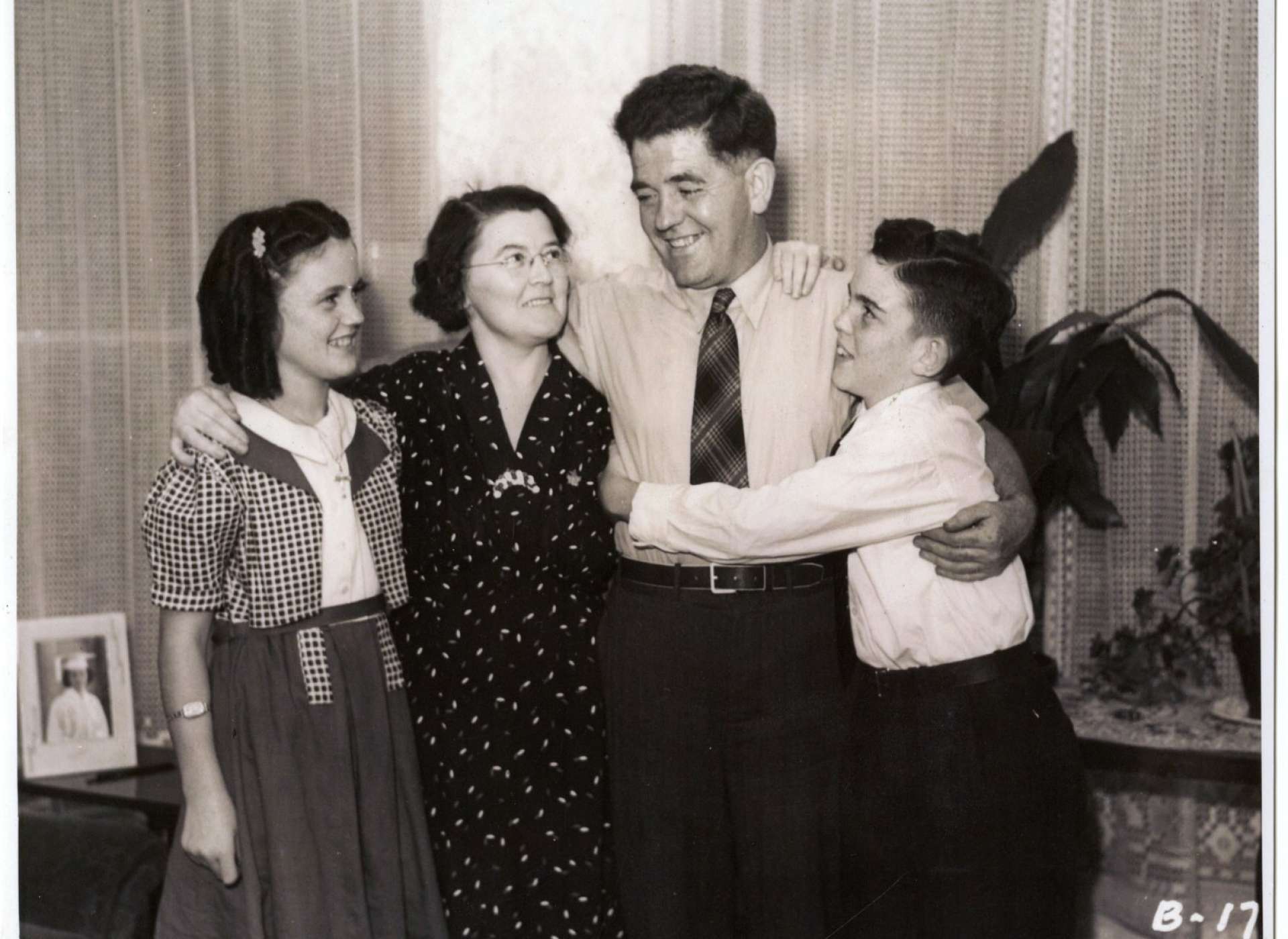

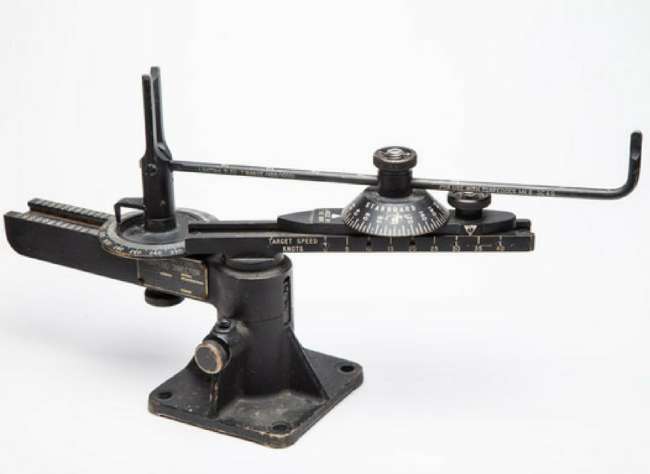
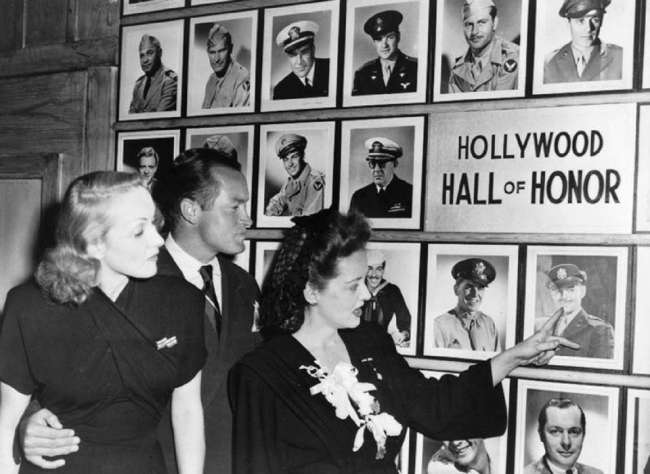
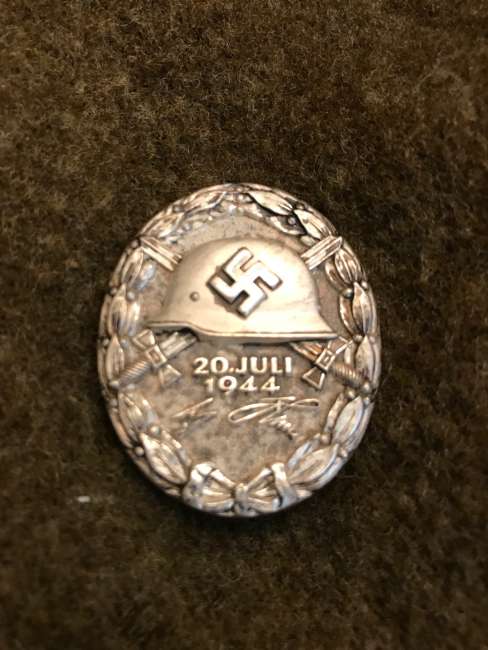
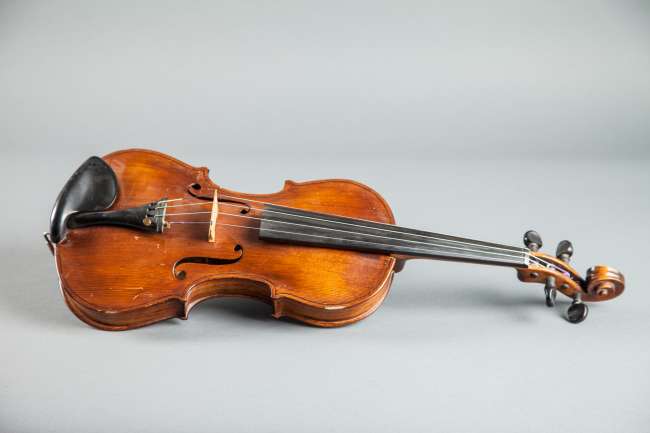
![Max Fuchs, New York City cantor, sings as Rabbi Sydney [sic] Lefkowitz, Richmond, VA, conducts the first Jewish services from Germany.](/sites/default/files/styles/max_650x650/public/2025-10/image1.jpg)






